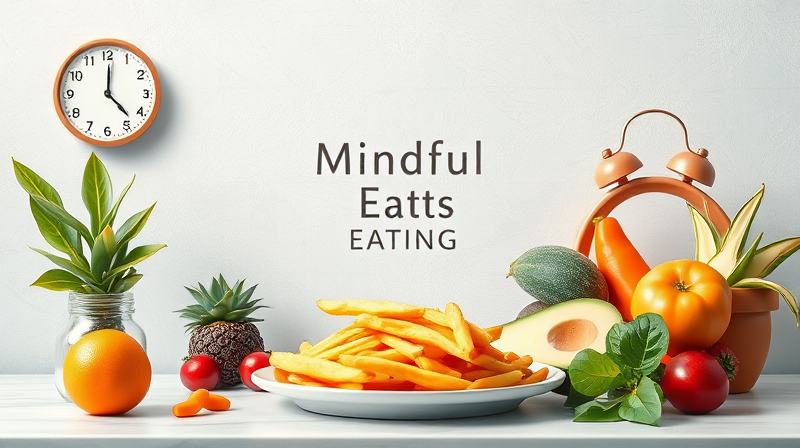Intermittent fasting (IF) is more than just a diet – it is a lifestyle that emphasizes when you eat rather than what you eat. This method of eating is designed to work with your body’s natural rhythms, helping you to simplify your diet, manage your weight, and improve overall health. As you begin your journey into intermittent fasting, it is important to understand that the goal is to create a sustainable way of eating that can lead to real improvements in both your physical and mental well-being.
Many people are attracted to IF because it offers flexibility and freedom. With numerous approaches available, you can find a fasting schedule that fits your personal lifestyle. The beauty of intermittent fasting lies in its adaptability – it doesn’t require you to count calories or completely eliminate groups of foods. Instead, it is about structuring your eating window in a way that works best for your routine.
Popular Intermittent Fasting Methods
There are several popular intermittent fasting methods that cater to different needs and experience levels. Choosing the right method can be the key to a successful long-term commitment. Below is an overview of some of the most common strategies:
- 16/8 Method (Time-Restricted Eating): This method involves fasting for 16 hours and confining your eating to an 8-hour period each day. It is widely practiced because of its simplicity and ease of integration with daily routines, especially since the fasting period often coincides with sleep.
- 5:2 Diet: With the 5:2 diet, you eat normally for five days each week and restrict calorie intake on two non-consecutive days. This flexible plan is beneficial for those seeking gradual and sustainable weight loss.
- Alternate-Day Fasting: This approach alternates days of regular eating with days where the calorie intake might be as low as 500 calories or completely skipped, making it an effective – though challenging – method for some individuals.
- Eat-Stop-Eat: A more rigorous plan, this method requires you to fast for a full 24 hours once or twice a week. It is especially useful for reducing overall calorie consumption but can be demanding for beginners.
- 12-Hour Fast: Perfect for those new to intermittent fasting, this plan involves a fast for 12 hours, often covering the period during sleep and thus easing the transition into longer fasting durations.
- 4:3 Method: Similar to alternate-day fasting, this method involves fasting three days a week with an 80% reduction in calorie intake on those days.
- Warrior Diet: This advanced approach involves consuming small portions of fruits and vegetables during the day, followed by a large meal in a short 4-hour window in the evening.
- One Meal a Day (OMAD): In this extreme form of intermittent fasting, you restrict your eating to a single meal over one hour, fasting for the rest of the day. This method can significantly lower your daily calorie intake but may not be suitable for everyone.
Each method has its unique features and benefits, making it crucial to choose one that complements your lifestyle and goals. Listening to your body and adjusting your approach as necessary is essential for sustainability.
While many people adopt these fasting methods primarily for weight loss, there are several other potential benefits to consider.
Benefits and Considerations
Weight loss is one of the most commonly cited reasons for trying intermittent fasting. By reducing your overall eating window or simply cutting down on overall calorie intake, you encourage your body to tap into stored fat as an energy source. Numerous studies suggest that intermittent fasting can improve metabolic health, enhance fat metabolism, and even boost brain function.
Beyond weight management, intermittent fasting has been linked to a range of additional health benefits. Some of these include:
- Improved insulin sensitivity: This means your body is better able to manage blood sugar levels, which can be critical for preventing type 2 diabetes.
- Heart health: Periods of fasting may lead to improvements in cholesterol levels and reductions in blood pressure, benefitting overall cardiovascular health.
- Cellular repair: Fasting encourages autophagy, a process where your body cleans out damaged cells and regenerates new ones, potentially reducing inflammation and enhancing longevity.
While these benefits are promising, it is equally important to note that intermittent fasting is not for everyone. People who are pregnant, have a history of eating disorders, or suffer from certain chronic illnesses should consult with a healthcare professional before beginning any fasting regimen.
Moreover, the success of intermittent fasting often depends on the quality of the food consumed during the eating periods. A balanced diet rich in whole foods, lean proteins, healthy fats, and fresh vegetables will support your body’s nutritional needs while you fast. Staying properly hydrated is another critical aspect. Water, herbal teas, and other non-caloric beverages should be prioritized to prevent dehydration and support bodily functions during your fasting periods.
Intermittent fasting also has a psychological component. Many people find that the discipline required for IF not only improves physical health but also reinforces positive habits, such as mindful eating and self-discipline. By developing a structured approach to eating, you may find it easier to avoid the pitfalls of overindulgence and comfort eating later in the day.
It is essential to remember that starting any new health regimen, including intermittent fasting, requires patience and persistence. Small changes that are maintained over time can lead to big results. Experiment with different fasting schedules, listen to your body’s signals, and adjust as necessary. Your journey might start with simple steps, such as trying the 12-hour fast, and gradually evolve into a more tailored approach that fits your unique lifestyle.
In conclusion, intermittent fasting offers numerous advantages, but the most effective plan is one that is sustainable and tailored to your personal needs. Embrace the journey, and allow the process of intermittent fasting to transform not only your eating habits but your overall relationship with food. Should you have any concerns or chronic issues, always consider seeking advice from a qualified healthcare professional to ensure that you take the best approach for your situation.
By understanding the various methods and benefits of intermittent fasting, you are empowered to take control of your health journey. Consistency, balance, and mindfulness will be your greatest allies.








